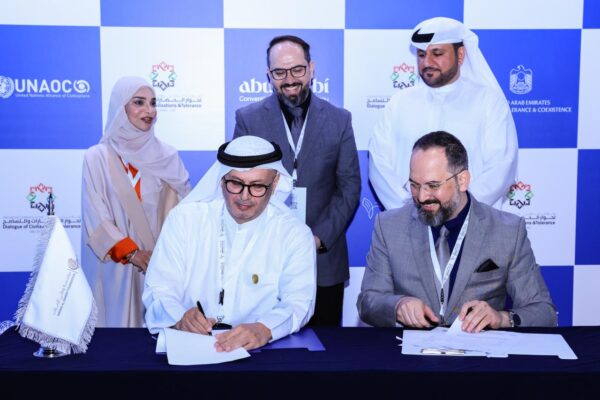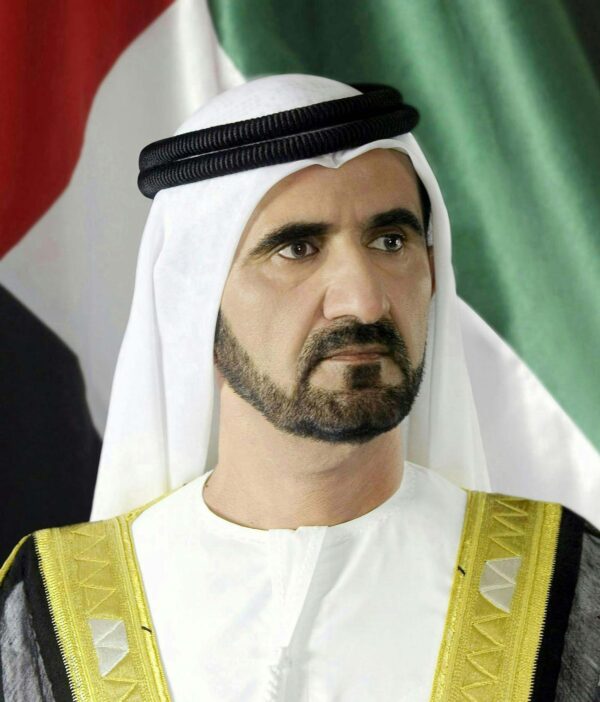Ambition to adaptation: The 2030 Agenda setbacks – An article by H.E Dr. Abdulla Belhaif Al Nuaimi

As the world approaches the 2030 milestone of the Sustainable Development Goals (SDGs) set by the United Nations in 2015, the air around global urban planning thickens. Sadly, it’s not with celebration, but with reckoning, as only 16 per cent of targets are currently on track.
The vision of cities as engines of sustainable transformation struggles beneath the weight of economic strain, social fragmentation, and environmental disruption. In practice, urban sustainability requires a holistic balance: adequate housing, equitable mobility, climate resilience, and inclusive governance. Yet today, these pillars show visible cracks.
A snapshot of interruption
While widening inequalities are deepening the divide between formal and informal urban life, climate shocks, from floods to wildfires, are outpacing infrastructure renewal. In addition, post-pandemic financial precarity has left municipalities stretched beyond imagination, resulting in stalled energy transitions and incomplete circular economies.
These challenges reveal not just policy failures, but a need to reimagine how cities must be shaped and for whom. Hence, there’s a dire and urgent need for methodical changes and global cooperation.
The report from the UN Sustainable Development Solutions Network (SDSN) paints a bleak picture of progress, cautioning that a ‘business as usual’ approach will not suffice and the situation requires a major overhaul.
To achieve more sustainable urban cities, a fundamental aspect is to understand how they function. These must be viewed as a structure that exchanges energy and materials with the environment that sustains them. They require a comprehensive redesign, effective resource management, and continuous monitoring to gauge the outcomes, because the issues are numerous.
Loopholes in urban planning
Reactive Resilience – Cities continue to plan for past disasters, without heeding future shocks. That’s the reason green infrastructure, updated zoning, and climate adaptation remain unevenly applied and underfunded.
Equity and participation – Marginalized populations lack representation in urban decision-making, because of which social justice goals remain unrealized amid rapid development.
Technology sans humanity – Despite smart city tools, data divides and uneven tech literacy limit their use. Therefore, it’s time to realize that sustainability requires more than just sensors; it needs empathy.
Ecological modernization – The conservation of cultural heritage often clashes with eco-efficiency. Thus, planners must find ways to honor history while designing for planetary survival.
United Nations’ foresight
As hubs of production and consumption, cities must have strategies to manage their resource needs and environmental impacts. Precisely, for this reason, the UN included these and communities in the SDGs within the 2030 Agenda.
Therefore, when focusing on sustainable urban systems and asset management, the elements to remember are the availability and quality of resources within the urban system. These include food supply, air and water quality, housing, transportation, and health. The resources outside the system include agricultural and industrial production, waste management, and ecosystems.
While defining the opportunities, the factors also disclose limitations in their implementation. Though the path to sustainability is complex, we must build cities that are safe and environmentally friendly. The journey begins with informed decisions and steady actions.
Hence, it’s time to reiterate the goals on the following issues:
Pollution – Rapid urbanization leads to increased pollution from various sources like vehicles, industries, and waste. This includes air and water pollution, impacting public health and the environment.
Resource Depletion – Urban areas consume vast resources such as water, energy, and land, leading to depletion of natural resources and contributing to climate change.
Urban heat island effect – Increased built-up areas and reduced green spaces contribute to the urban heat island effect, making cities hotter and increasing energy demand.
Waste Management – Managing large volumes of waste generated in urban areas is a major challenge, with inadequate infrastructure and the proliferation of single-use plastics exacerbating the problem.
Water Scarcity – Rapid urbanization strains water resources, leading to water shortages and inadequate water management.
Social inequality – Urban areas often experience significant social distinction, with unequal access to resources, services, and opportunities.
Lack of affordable housing – The rising cost of housing makes it difficult for low-income populations to find suitable dwellings.
Inadequate Infrastructure – Insufficient and poorly maintained infrastructure, including transportation, sanitation and healthcare, impacts the quality of life for residents.
Financial facets – Debt burdens and sky-high borrowing costs prevent developing countries from responding to the confluence of crises they face. Additionally, the global cost of living affects billions of people, slowing progress in education and other development targets.
Planning beyond 2030
While observing the current scenario, experts across disciplines urge a shift to treat the future as a finish line, rather than a living narrative. They demand integrated lenses that unite ecology, history, and spatial justice. These are in addition to governance models that flex with uncertainty but stay rooted in ethics. There’s also a need for community-led resilience, woven with local knowledge systems, and embracing cities not just as spaces but as stories in motion.
The unmet promises of the 2030 Agenda do not mark its failure but rather illuminate its flaws. Let us imagine urban sustainability as an art form, shaped not only by metrics and deadlines, but also by empathy, creativity, and shared memory.
As they say, ‘To make a comeback, you must have a setback.’ Because one emerges stronger with every disappointment, which teaches us to be resilient and bring meaning to drawbacks.
Read: Future Cities Between Proactivity and Sustainability – by H.E Sheikh Dr. Ammar bin Nasser Al Mualla.





